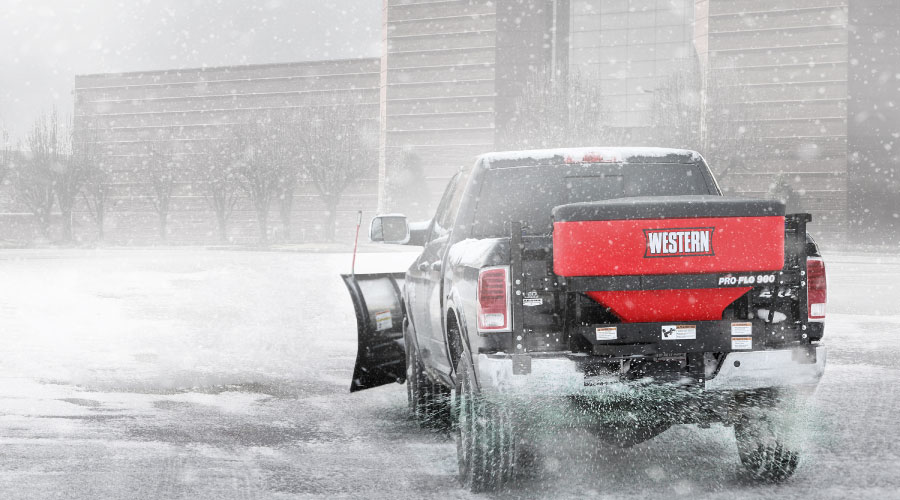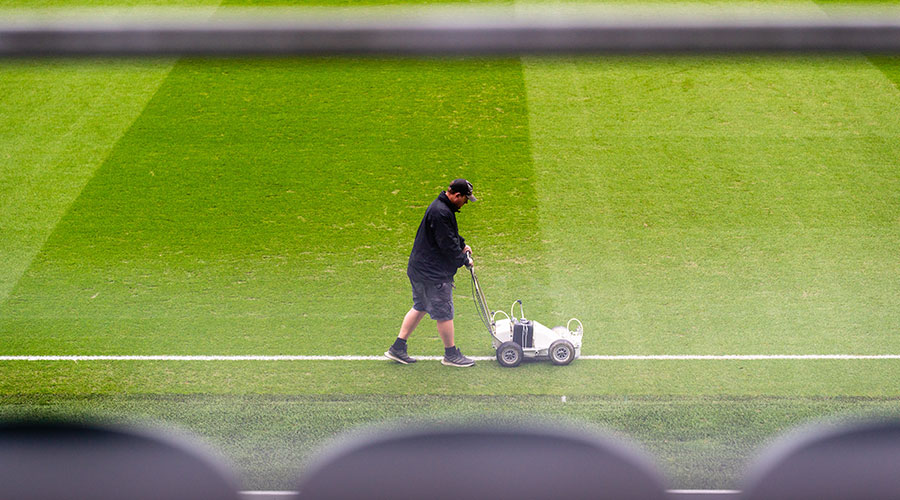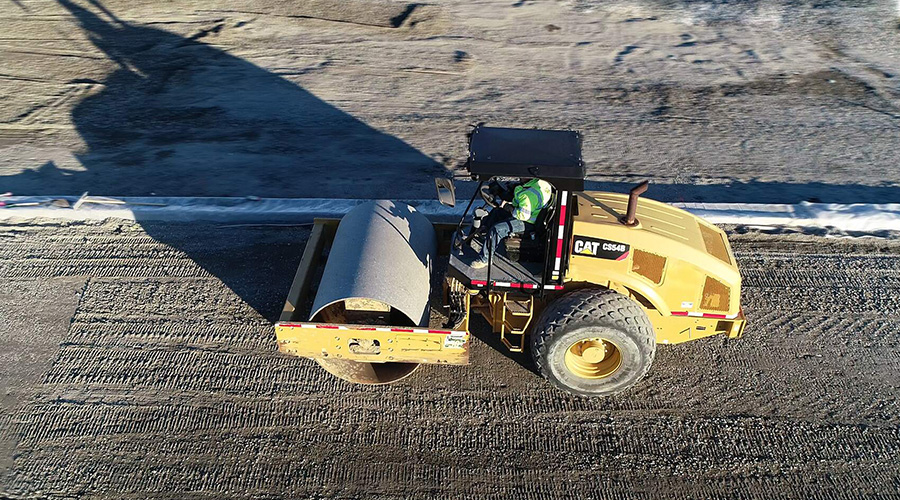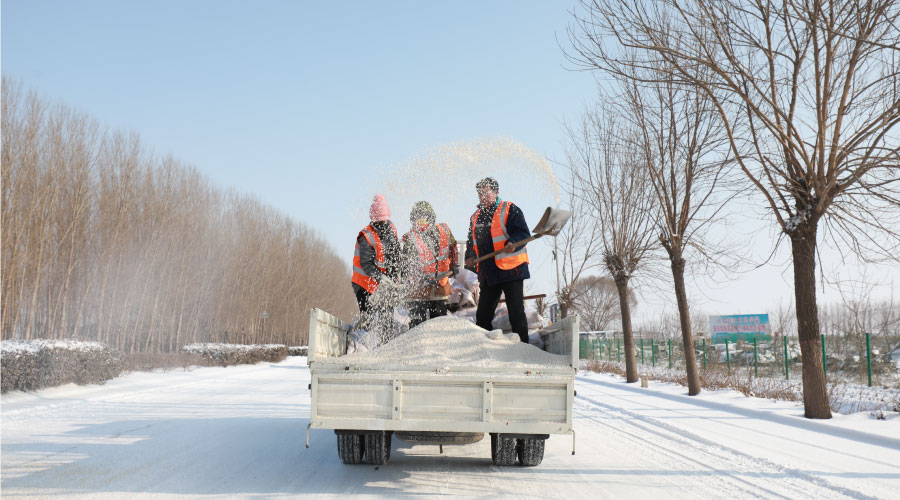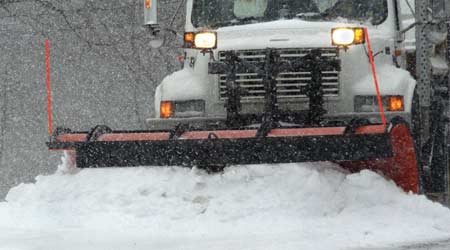 One of the biggest mistakes managers can make is to wait until the first snowfall to ensure that crews start the equipment-preparation process.
One of the biggest mistakes managers can make is to wait until the first snowfall to ensure that crews start the equipment-preparation process.Avoiding Winter Equipment Woes
Preparing departments and equipment for winter centers on maintenance, inspection and training
As summer winds down and fall settles in, it is time for grounds departments to get ready. Colder weather is around the corner, and now is the time for operators and mechanics to start checking snowplows, utility vehicles and mowers for the upcoming season of snow removal. The goal is to start the season as prepared as possible.
One of the biggest mistakes managers can make is to wait until the first snowfall to ensure that crews start the equipment-preparation process. Pulling out snowplows, salt spreaders and other equipment in September to clean, inspect and service them can save money and reduce the cost of ownership.
Departments that do not start early on the preseason checklist run the risk of equipment failing at 3 a.m. in the middle of a storm. Managers who are lucky enough to have a dealer that is open and can fix the problem quickly still will end up behind schedule.
First look
Ideally, equipment operators and mechanics would have cleaned, repaired and serviced snowplows and spreaders before storing them at the end of last season. Even if they did put everything away properly, things can happen during the off-season that they need to catch sooner rather than later.
For example, a mouse can get into the power unit of a V-plow after the operator put it in storage and damaged the plow harness. But aside from an occasional mouse, if staff puts away equipment properly, it should come out of storage and work well.
When the leaves start to change, staff should pull out equipment, inspect it, hook it up, operate it, and follow recommended yearly maintenance procedures. They also need to check trucks as well. If someone backed into a wall with the spreader last season and forgot to mention it, now is the best time to find the damage. A bent spinner shaft can quickly go from annoying to ending a route for the night.
Preventive maintenance
One important equipment preparation step is to take equipment into the dealer — some offer fixed-price service plans — to have it checked, serviced and repaired. Preventive maintenance can be pricey, but it is still much cheaper than taking it to that same dealer at 3 a.m. Taking it to a dealer that stays open during storms probably means paying a premium service charge. That is an avoidable risk.
Being proactive is essential. Many service parts are not very expensive, especially compared to the cost of having them fail. If there is a harness that is constantly exposed to the elements or a connector that is regularly dragged through the mud in the off-season, it is less expensive to repair it in September than in January.
Crews also should be mindful of what wears over time. In addition to following normal maintenance procedures, they should be vigilant about equipment parts that take a great deal of abuse. On plows, they need to keep an eye on cutting edges and A-frames. For spreaders that are several years old, they should carefully check motors and bearings to make sure they function correctly. Deicing materials used on the roads can harm wire harnesses and connectors.
Any mechanical connection points, such as pins, hinge pins and clevis pins, are inexpensive to replace, and they are designed to wear out before the brackets to which they are attached. As a pin starts to wear, it can lead to other problems, so replace any worn or damaged pins early.
Related Topics:











